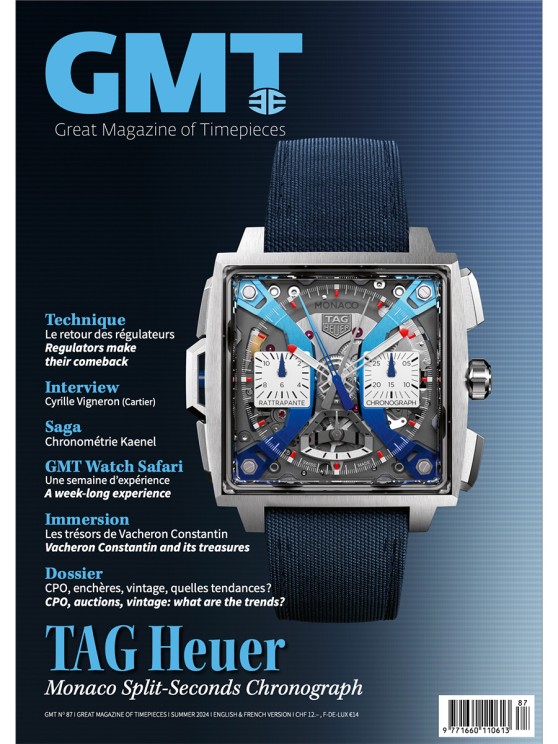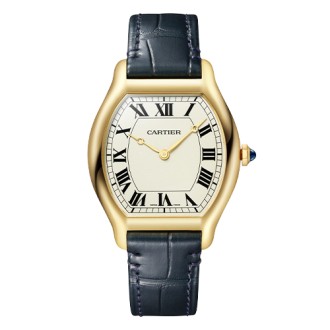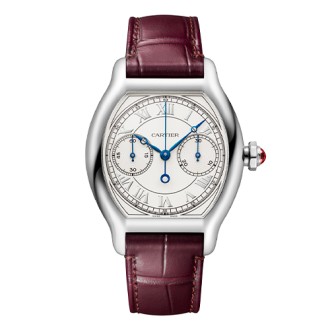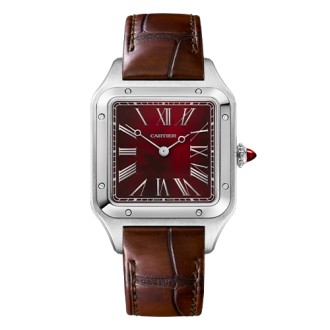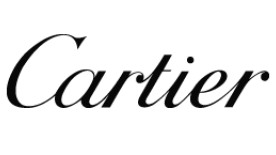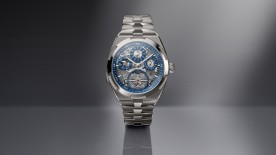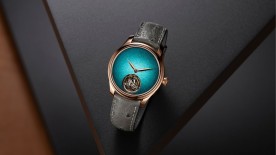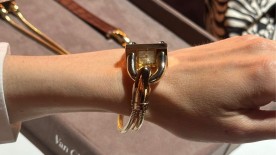The Cartier website categorizes watches into 12 collections, do you think there are any that still have under-exploited potential?
All of them. A collection may be more or less attractive depending on the period. With its Manufacture movements in shaped cases, the Cartier Privé collection has undergone a spectacular redeployment. Ditto for the Baignoire Bangle, which has experienced an incredible comeback. We’re seeing more and more small Baignoires worn by men, reflecting a level of fluidity that’s right up with the times. It’s a universal phenomenon.
Our icons are not the result of decisions made by us, but choices made by our customers. We have a rich heritage, much of which still deserves to be revisited. Nonetheless, we can choose to keep these icons as they were originally, or else rework them. We always keep Louis Cartier’s vision in mind, along with his notion of “mother ideas” (that give birth to others), in offering many variations within the genealogy, such as the Tank collection with its Tank Anglaise, Tank Américaine or Tank Française models that have already undergone evolutions. Alongside these, we still have the Tank Asymétrique, Tank Cintrée, and Tank à Guichets collections that might be reconsidered with specific elements for Cartier Privé or maintained as they are. The same goes for the Santos and Santos-Dumont collections and the Panthère.
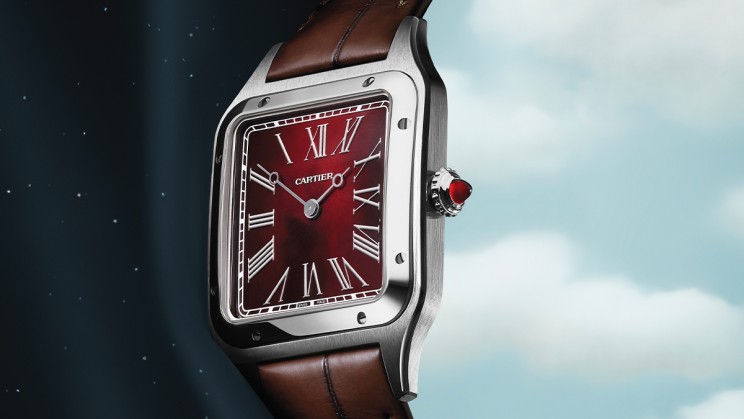
How does this creative process work?
Our niche is elegance in the broadest sense. It all starts with design, which is then followed by technology. Cartier relies on a creative committee – organized according to product lines – to develop designs and associated techniques. Upstream, we have built these collections by carrying out a great deal of filtering work: which models stand the test of time, and how is the Cartier style collectively defined? Is it one model or a family, such as Santos or Santos-Dumont? Do we need other colors or materials, more or less masculine or feminine styles without prejudging who will wear them, so that everyone can see their own interpretation? Today, Cartier is clearer about its identity as well as bolder. There are creations we wouldn’t have dared eight years ago, yet customers immediately recognize Cartier’s distinctive touch.
In 2024, our intention is to work on all shapes, reinforcing the Cartier identity. This might mean simple adjustments to dials and bracelets, reissues with Cartier Privé, like the Tank Américaine, or creative exploration with Cartier Libre, where we have the freedom to infringe on our own codes.
“We have a rich heritage, much of which still deserves to be revisited.”
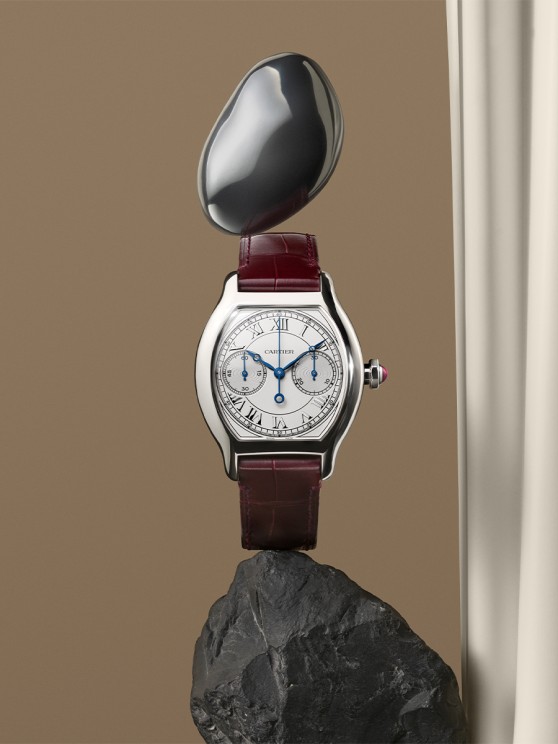
How would you define new products within this approach?
Style longevity is an important element. A decade ago, design innovation was often thought to be paramount. However, the brands that have made the most progress over the last decade are not necessarily those that have introduced the most radical designs. They have remained clear or gradually clarified their position. Those who love a brand will sometimes buy their favorite model every year, in a different guise. The creativity of the model’s style and longevity are thus decisive. Additionally, the style must be appreciated by all generations: this is the case with the Santos-Dumont, which blends harmoniously into families and promotes continuity.
How does price factor into this equation?
Cartier is based in Switzerland, which implies high production costs due to the strong Swiss franc and substantial use of gold. This has led to unavoidable price adjustments, especially in recent years. On the other hand, Cartier is characterized in luxury watch- making by fairly accessible price positioning, with a range starting at CHF 3,000. We note that many brands have defined their price range above CHF 20,000, and that in the CHF 10,000 to CHF 20,000 range there is a wealthy clientele who feel that these other brands have become a little too expensive. While there’s a certain magic to selling steel for the price of gold – it’s a new alchemy in Switzerland! – there is nonetheless demand for a realistic perceived value. Finally, we are seeing growing interest in the more precious gold models, for jewelry watches or those with complications, ranging between CHF 10,000 and CHF 50,000. The appetite for very high-end timepieces is growing everywhere.
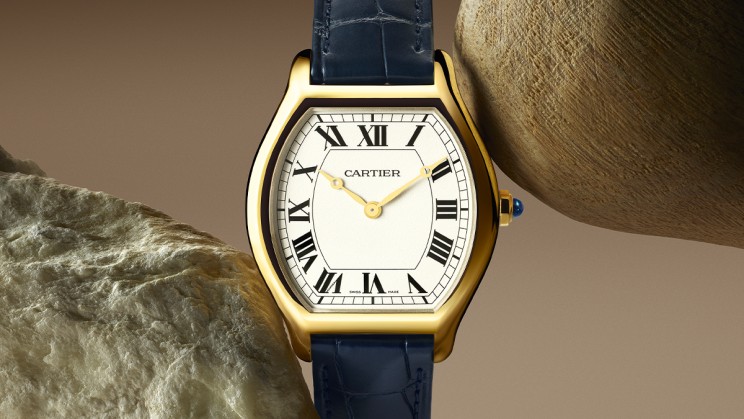
As a WorldTempus reader, we are delighted to offer you the digital version of this GMT Magazine which you can download here.
